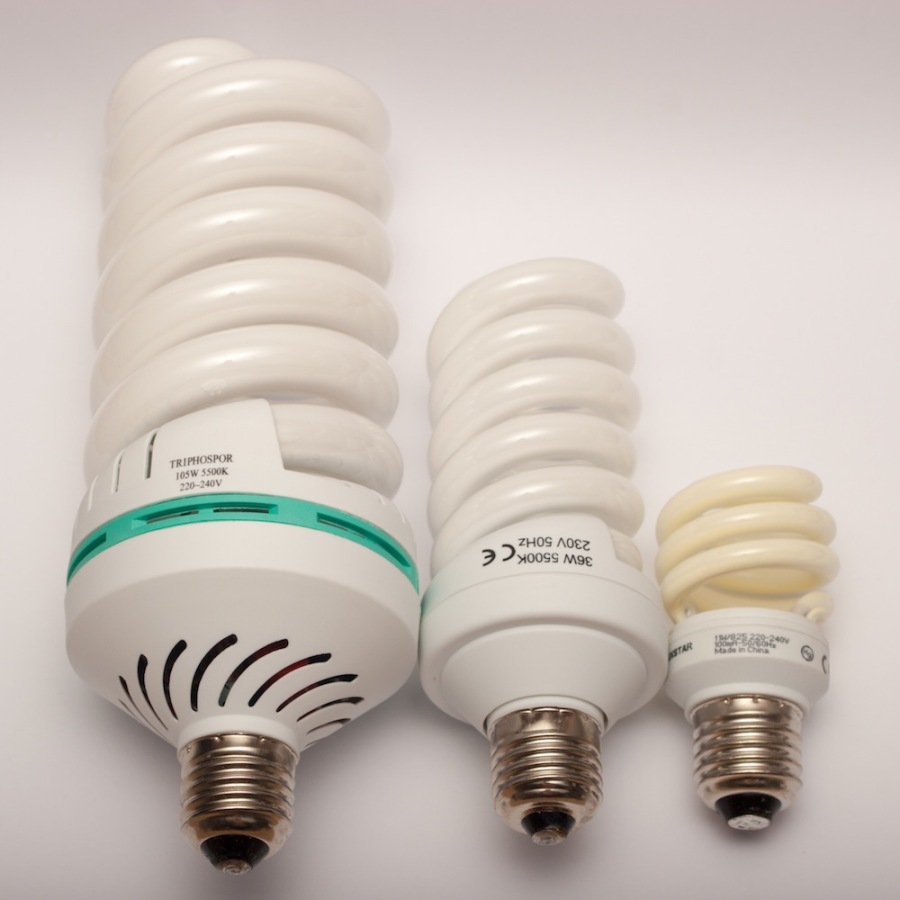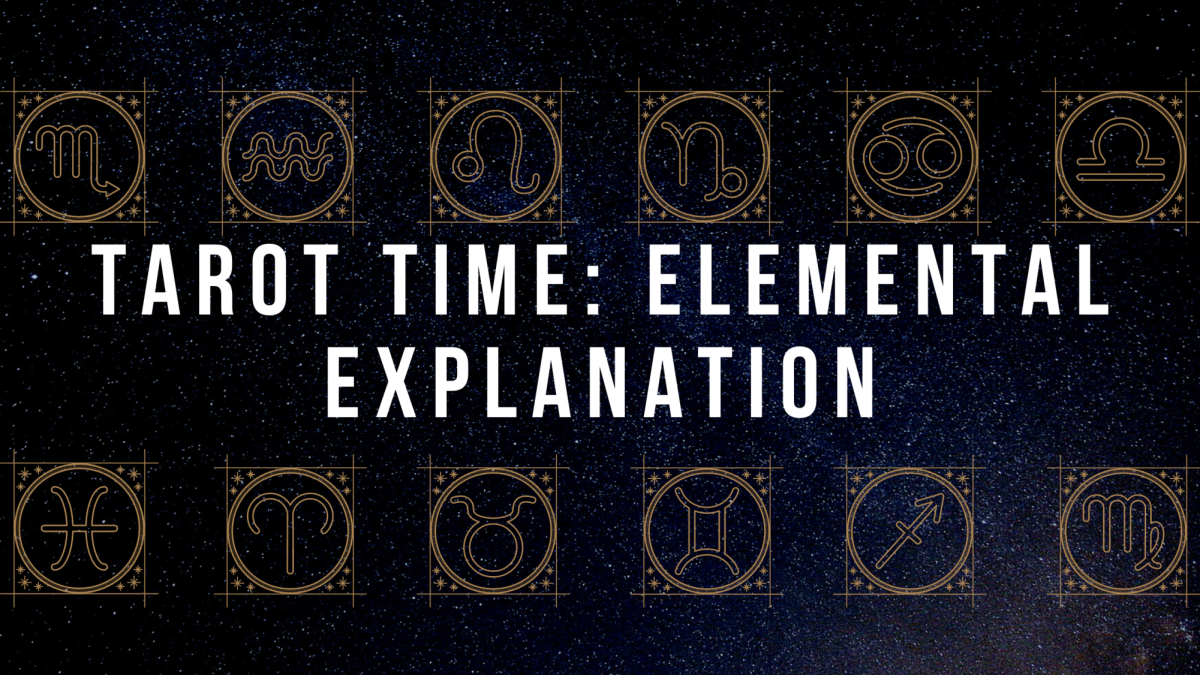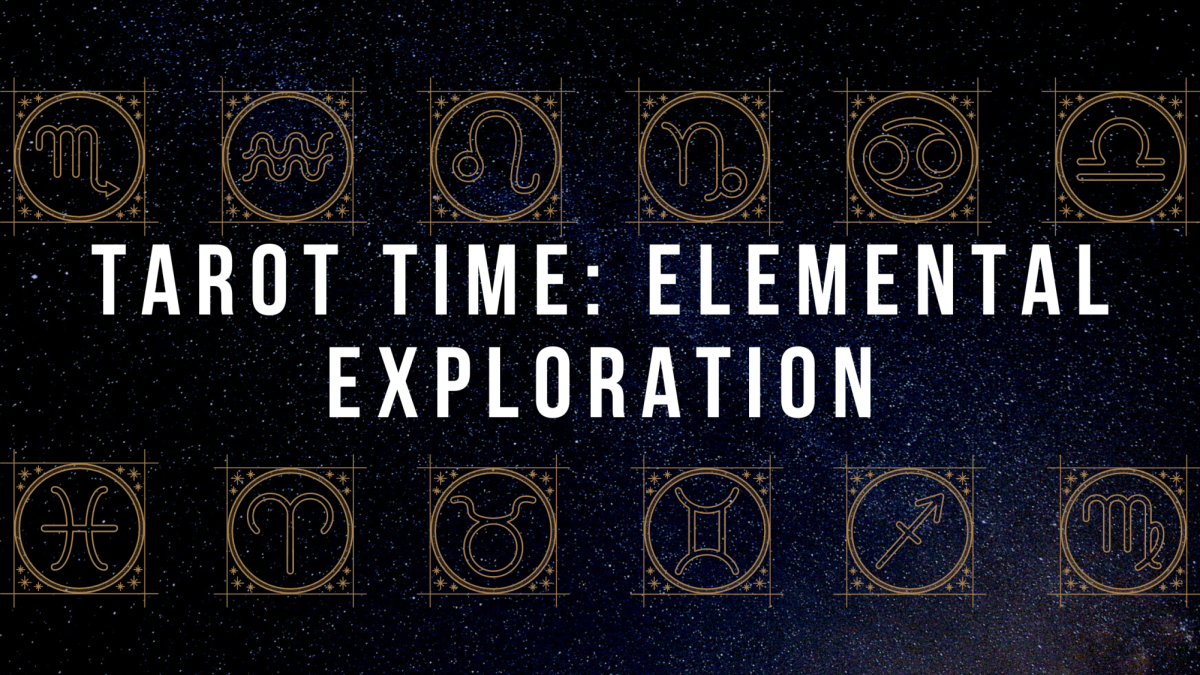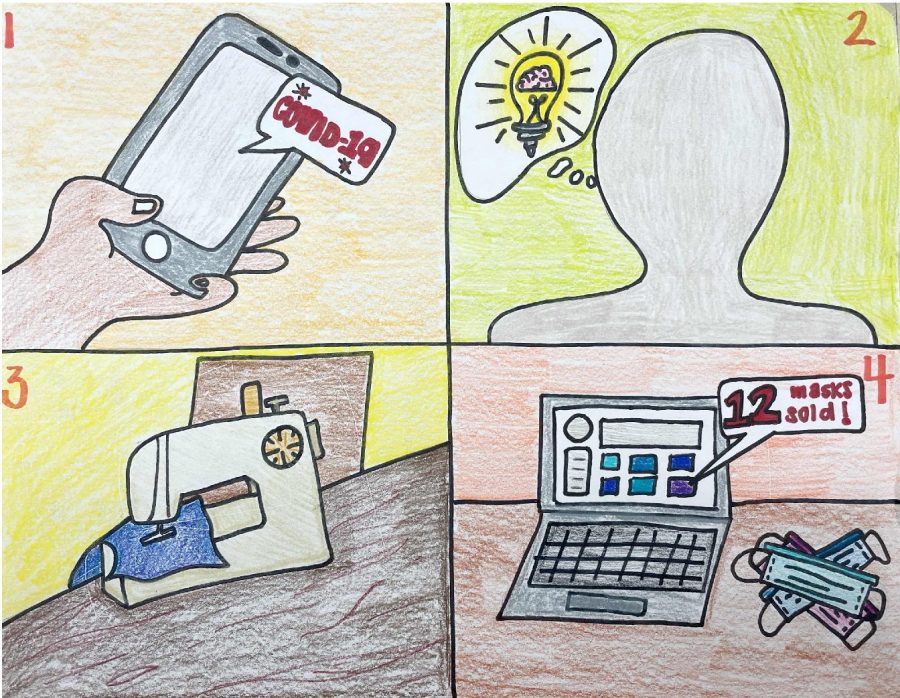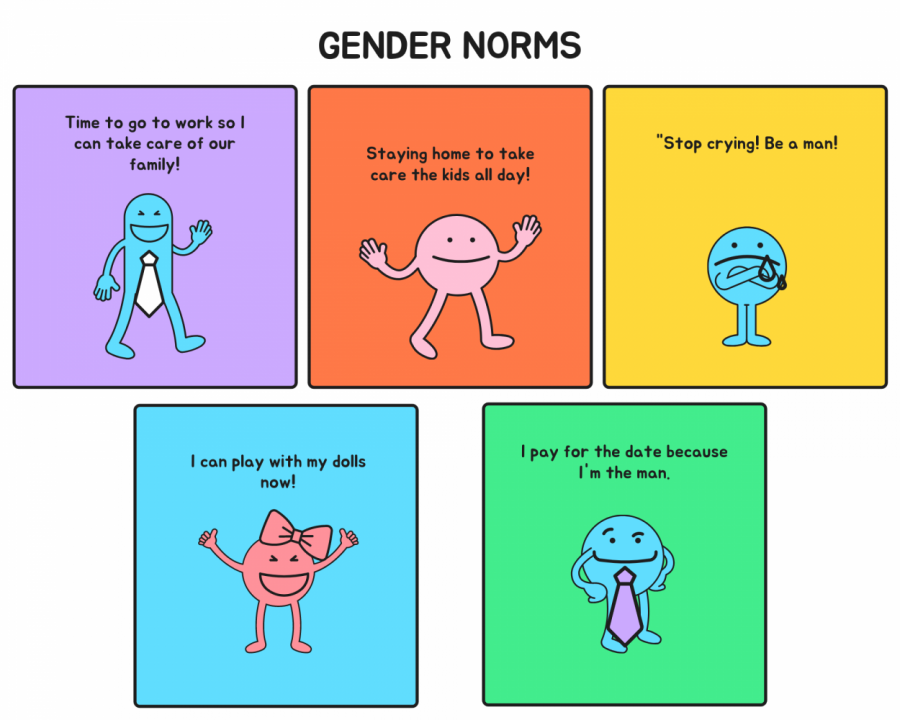Many teenagers suffer from sleep deprivation due to late-night homework tasks or cruising the Internet. On average, most teens do not have the recommended amount of sleep, affecting their health and well-being.
“I get around 4-5 1/2 hours of sleep every night, and I notice with less sleep it’s harder for me to focus in class,” said junior Angel Racpan.
Sitting in an LED-lit classroom for most of the day contributes to student alertness. However, students who finish homework in the late hours working under LED lights can affect their natural circadian rhythms and sleep schedules.
“I do about three to four hours of homework every night under bright lighting, and I notice it makes it harder for me to fall asleep,” said junior Tiffany Nakama-Fukuhara.
To have better sleep, teens should not use artificial lighting at least three hours before going to bed.
some light bulbs emit lower amounts of blue light, the main color that suppresses melatonin. Melatonin is an important hormone produced by the pineal gland when the body is in darkness. It is known as the “sleep-hormone” as it induces sleep when produced. The bright colors of the day suppress melatonin to help keep us awake longer while the darker colors of the evening stimulate melatonin making teens sleepy.
Electronics company Phillips recently came out with the Hue bulb, a light system that can be tuned to change the light color of a room. The system comes with three 50-watt bulbs and a wireless hub. Owners can program the color of the bulbs through smart phones or tablets, adjusting them to match the time of day.
A good night’s rest helps with productivity, alertness and overall well-being.
“I notice I’m definitely more alert and can more easily pay attention in class if I get more sleep,” said junior Erica Freitas.























